WASHINGTON - When the Internal Revenue Service (IRS) has shared data, including Personally Identifiable Information, taxpayer information, and other sensitive data, with external entities, it has not always adequately protected the data through secure file transfer technology, according to an audit report that the Treasury Inspector General for Tax Administration (TIGTA) released today.
The IRS shares data with various outside entities including Federal, State, and local agencies; financial institutions; and contractors for tax administration purposes. IRS and Federal guidelines require that sensitive data is protected during transmission to prevent unauthorized access or disclosure. TIGTA initiated this audit to determine whether the IRS is properly protecting this data and whether it is maintaining encryption controls and other security configurations in accordance with the National Institute of Standards and Technology.
The IRS uses three methods to transfer data to external partners: 1) a commercial off-the-shelf product for transfers over the Internet, 2) a commercial off-the-shelf product for direct mainframe-to-mainframe data transfers, and 3) drop boxes to allow the IRS and its external partners to place and retrieve data transfers.
In reviewing all three of these external file transfer methods, TIGTA found the IRS did not ensure that encryption requirements are being enforced and ensure that nonsecure protocols are not being used in order to fully protect information during transmission. These protocols include File Transfer Protocol and Telnet, which are known insecure transfer protocols. The IRS also did not remediate high-risk vulnerabilities or install security patches on file transfer servers in a timely manner. For example, TIGTA found 61 servers with high-risk vulnerabilities, 10 servers with outdated versions of Windows and UNIX operating systems still in operation, and 32 servers missing 18 unique security patches, of which four were deemed as critical. Lastly, the IRS did not ensure that corrective action plans for security control weaknesses met IRS standards. This reduced the assurance that the IRS would correct weaknesses timely.
"It is essential that the IRS fully protect sensitive personal and taxpayer information that it transmits externally," said J. Russell George, Treasury Inspector General for Tax Administration. "The IRS must ensure that data transmissions are properly authorized and secured, and that remediation plans for correcting weaknesses are effective," he added.
TIGTA made six recommendations in the report. Of these recommendations, IRS management agreed with two, partially agreed with three, and disagreed with one.

